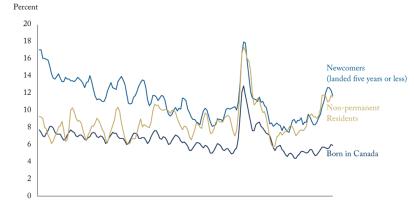In this edition of Graphic Intelligence, we show games-related costs of Winter Olympic Games since 1980, and compare that to Calgary’s estimated costs for hosting the 2026 Winter Olympics.
Calgarians go to the polls on Tuesday on whether the city should continue its bid to host the 2026 Olympics. Games always involve financial risks and a significant price tag. Calgary 2026’s hosting plan provides a good breakdown of the projected costs for operations, the direct capital costs (i.e., venues and housing) and the indirect costs (e.g., government services and security). However, significant cost overruns are not uncommon to Olympic Games – particularly for capital costs.
Figure 1 shows examples of overruns in the projected costs for hosting the Winter Olympic Games. In 1988, Calgary had overruns of 65 percent above its projected costs for hosting the Olympics.
Figure 2 shows the costs of these games per athlete. For the Calgary 2026 plan, projected costs are below the average delivery costs per athlete of winter games from 1988-2010. They are on par with Vancouver’s 2010 Olympic spending per athlete at roughly $835,000.
Will Calgarians weigh the benefits as greater than the costs for hosting the 2026 Winter Olympics? We will find out tomorrow.
For a detailed discussion of the issue, see “Should Calgary go for Olympic gold?” by Grant Bishop.




